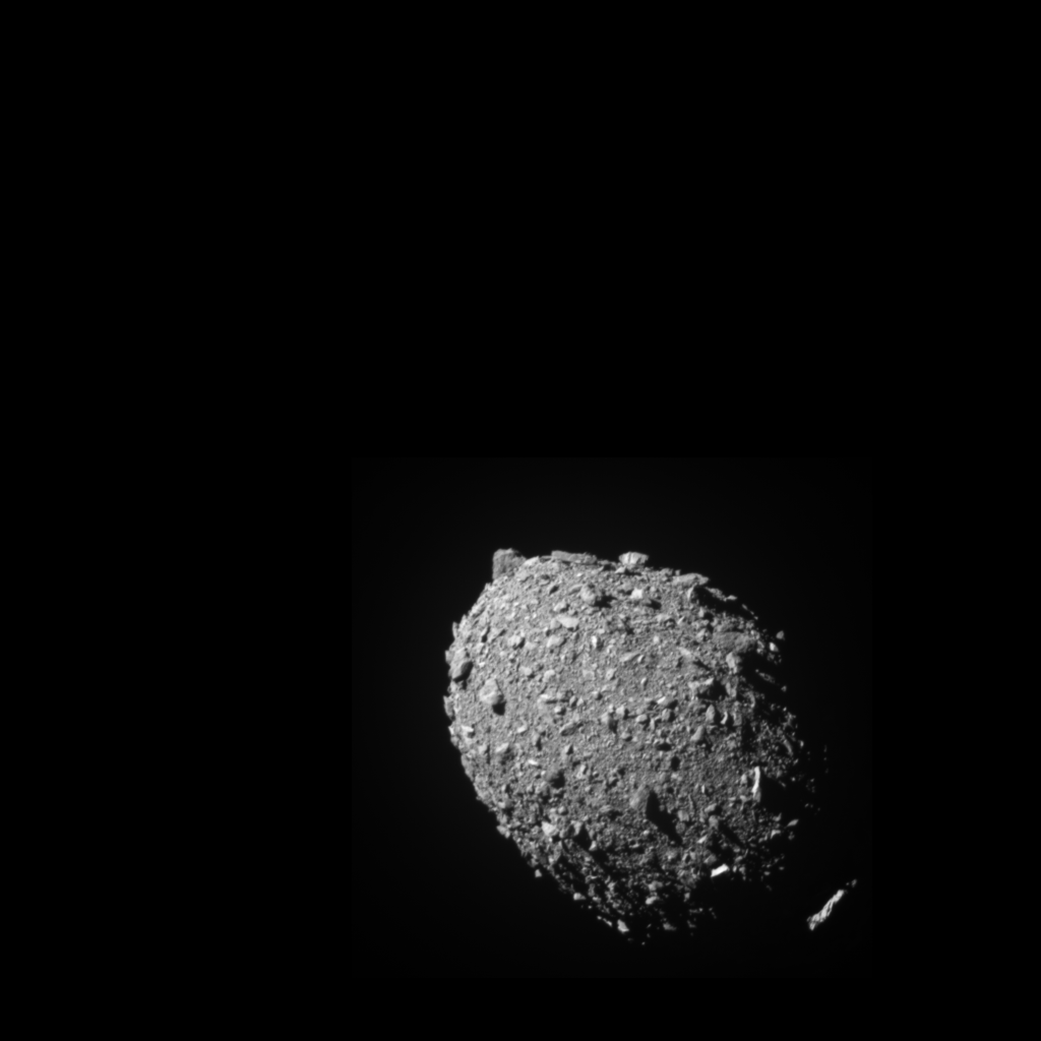What was impossible, NASA made it possible
Far from our imaginations, which we could never have imagined, that impossible task was made possible by the American space agency NASA. Yes, crores of km away, a small planet was hit by a NASA spacecraft and separated the enemy of the earth. It was indeed a very difficult task. This was NASA’s test plan. Which was accomplished through the DART mission. NASA has given information about this successful mission. According to Indian time, this mission was carried out this morning. I know the success of NASA in his own words.
NASA’s first Dart mission hits asteroid
The asteroid was hit by NASA’s Double Asteroid Reconnaissance Test (DART) after a long 10-month flight in space. Has become the world’s first historic planetary defense technology demonstration. The asteroid has successfully hit the target. Mission control at NASA’s Johns Hopkins Applied Physics Laboratory (APL) in Maryland announced the success at 7:14 p.m. EDT.
Impacted via dart with the asteroid Dimorphos. This solution has been discovered to save the earth from any asteroid or comet. “At its core, DART represents an unprecedented breakthrough for planetary defense, but it is also a mission of unity with real benefits for all humanity,” said NASA Administrator Bill Nelson. “As NASA studies the universe and our home planet, we are also working to protect that home, and this international collaboration has helped science find a way to protect Earth.”
DART had targeted the asteroid moon Dimorphos, a small body only 530 feet (160 m) in diameter. It orbits a larger 2,560-foot (780-meter) asteroid called Didymos. However, both these asteroids do not pose a threat to Earth.
Now researchers will observe Dimorphos using ground-based telescopes. And find out how much the Dart’s effect, the path of Didymos, has changed. The researchers expect that to change Dimorphos’ orbit by about 1%, or about 10 minutes. The exact information will be available soon.
Thomas Zurbuchen, associate administrator for the Science Mission Directorate at NASA Headquarters in Washington, said, “Protection of the planets is a globally integrated effort that is essential to all people living on EarthNow we know that we can aim a spacecraft at any object with the precision necessary to affect even a small body in space. All we need to do is make a small change in the motion of the object. Will need
Moving at about 14,000 miles (22,530 kilometers) per hour, it hit the asteroid and slowed its orbit slightly. The final images of DRACO obtained by the spacecraft a few seconds before this experiment provide close-ups of Dimorphos’ surface.
Fifteen days before the training, DART’s CubeSat companion Lite was the Italian CubeSat for Imaging of Asteroids (LICIACube), provided by the Italian Space Agency, from the spacecraft to capture images of Dart’s impact and the asteroid’s resulting cloud of ejected matter. posted forwas.Together with the images returned by dRACO, LICIACube’s images are intended to provide a visualization of the impacts of the collision to help researchers better characterize the effectiveness of the kinetic impact in deflecting the asteroid. More details will be available in the coming days.
“Dart’s success is in the essential toolbox we need to protect Earth from a devastating impact by an asteroid,” said Lindley Johnson, NASA’s planetary defense officer. We know that we are no longer powerless to prevent this type of natural calamity. Better work can be done on our next defense mission, Near-Earth Object (NEO).
A global team is using dozens of telescopes located around the world and in space to observe the asteroid system, with the asteroid pair within 7 million miles (11 million kilometers) of Earth. In the coming weeks, they will characterize the ejecta produced and accurately measure Dimorphos’ orbital change to determine how effectively Dart deflected the asteroid. The results will help validate and improve important scientific computer models for predicting the effectiveness of this technique as a reliable method for asteroid deflection.
“This first mission of its kind required incredible preparation and precision, and the team exceeded expectations in all respects,” said APL director Ralph Semmel. “Beyond the truly exciting breakthrough of the technology demonstration, capabilities based on Dart could one day be used to change the course of an asteroid to protect our planet and preserve life on Earth as we know it. .
As part of further planning, four years later the European Space Agency’s HERA project will conduct a detailed survey of both Dimorphos and Didymos, along with the crater left by the Dart collision.
Source: https://go.nasa.gov/3Rer1NW
https://www.nasa.gov/dart

Journalist Space science.
Working with India’s leading news paper.
और अधिक जानें

